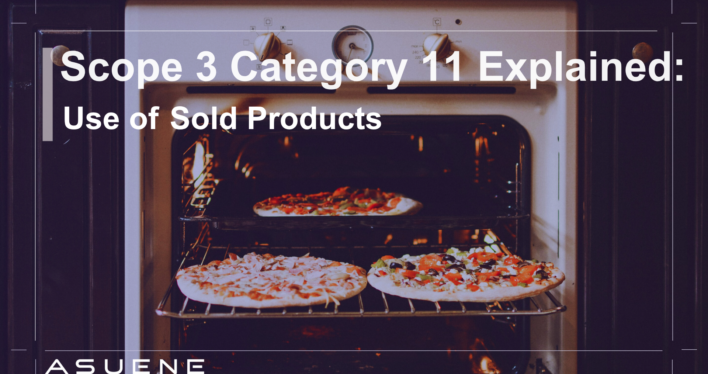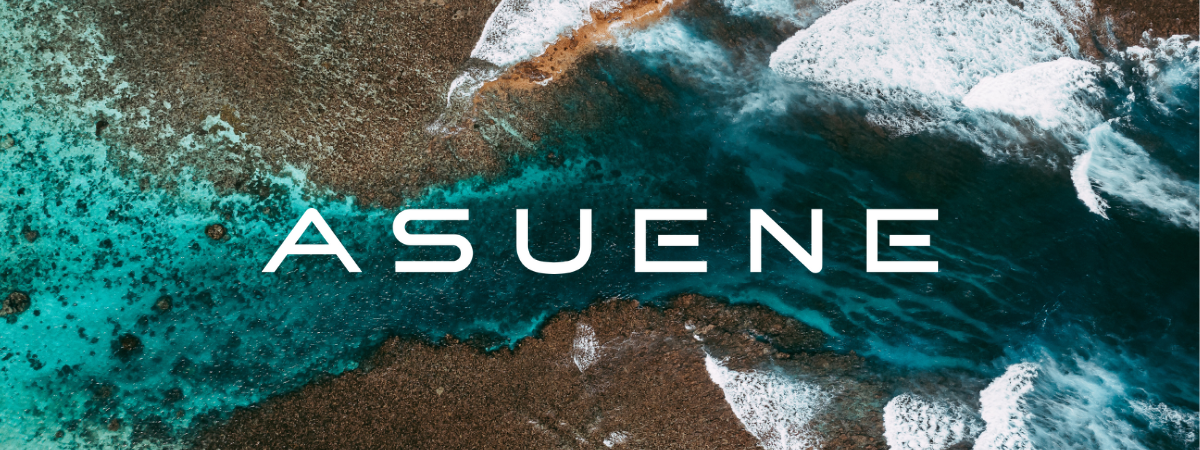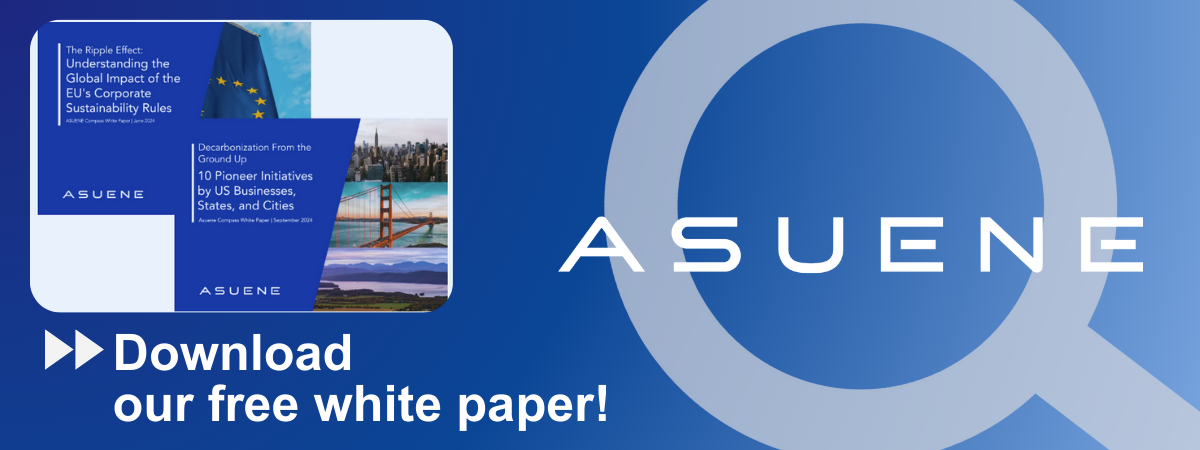- Article Summary
-
What Is Category 11?
Scope 3 emissions are indirect greenhouse gas (GHG) emissions that occur in a company’s value chain. Among its 15 categories, Category 11 specifically addresses emissions that result from the use of products sold by the reporting company. These emissions can be significant, particularly for products that consume energy or fuel during use, such as electronics, vehicles, appliances, and chemicals.
Category 11 covers emissions generated during the anticipated use-phase of the product, based on standard usage assumptions. This category is essential for companies whose products are responsible for substantial emissions throughout their lifecycle, often exceeding operational emissions from Scope 1 and 2.

Why Category 11 Matters
For many industries, Category 11 represents the largest component of Scope 3 emissions:
- Electronics manufacturers must consider the power usage over a product’s life.
- Appliance brands need to model customer energy consumption across different regions.
- Automotive firms must account for vehicle fuel or electricity use.
- Oil and gas operators are increasingly required to disclose end-use combustion emissions.
Addressing these emissions offers benefits beyond compliance:
- Strengthens ESG transparency
- Encourages more efficient product design
- Supports science-based targets (SBTi) alignment
How to Calculate Category 11 Emissions
GHG emissions from product use are typically calculated using the following formula:
Emissions = Σ (Number of units sold × Average lifetime × Energy consumption per year × Emission factor)
Key factors include:
- Product energy use data (watts, kWh/year)
- Estimated product lifespan
- Region-specific emission factors (from electricity grids or fuel sources)
Tools such as the GHG Protocol Technical Guidance and ISO 14067 can aid in standardizing these calculations.

Regulatory Landscape (as of 2025)
Governments and investors are intensifying scrutiny of full lifecycle emissions. Recent developments include:
- EU CSRD mandates use-phase data reporting for high-impact sectors.
- SEC Climate Rule (2025) pushes for disclosure of material Scope 3 data.
- ISO 14067 and product environmental footprint (PEF) methodologies are gaining traction.
- Finch Supreme Court ruling (UK) compels fossil fuel projects to disclose use-phase impacts in environmental assessments.
These shifts make it imperative for companies to improve Scope 3 Category 11 disclosures.
Case Studies: Real-World Examples
Philips: Estimating Emissions from Medical Equipment Use
Philips calculates lifetime emissions of medical devices based on wattage, average usage, and region-specific factors. This enables product-specific emissions modeling and helps inform energy-efficient product redesign. Source
Lowe’s: Tackling Emissions from Home Improvement Products
Lowe’s partnered with RILA and Optera to create a Direct Use Product Emissions Database (DPED), which improves accuracy in estimating emissions from sold appliances and power tools. Over 80% of Lowe’s Scope 3 emissions come from Category 11.Source
UK Oil & Gas Operator: Emissions in Field Development Projects
A UK oil company conducted Category 11 assessments for a new field project, estimating downstream combustion emissions. This proactive disclosure aligned with regulatory expectations and improved project transparency. Source
Conclusion
Managing Scope 3 Category 11 emissions is essential for companies that sell energy-consuming or fuel-dependent products. By quantifying these emissions, engaging with regulators, and designing lower-impact products, companies can not only meet compliance expectations but also improve sustainability performance.
To lead in a low-carbon economy, businesses must move beyond operational boundaries and embrace product lifecycle accountability.
Why Work with ASUENE Inc.?
Asuene is a key player in carbon accounting, offering a comprehensive platform that measures, reduces, and reports emissions, including Scope 1-3, with expertise in decarbonization. Asuene serves over 10,000 clients worldwide, providing an all-in-one solution that integrates GHG accounting, ESG supply chain management, a Carbon Credit exchange platform, and third-party verification.
ASUENE supports companies in achieving net-zero goals through advanced technology, consulting services, and an extensive network.


